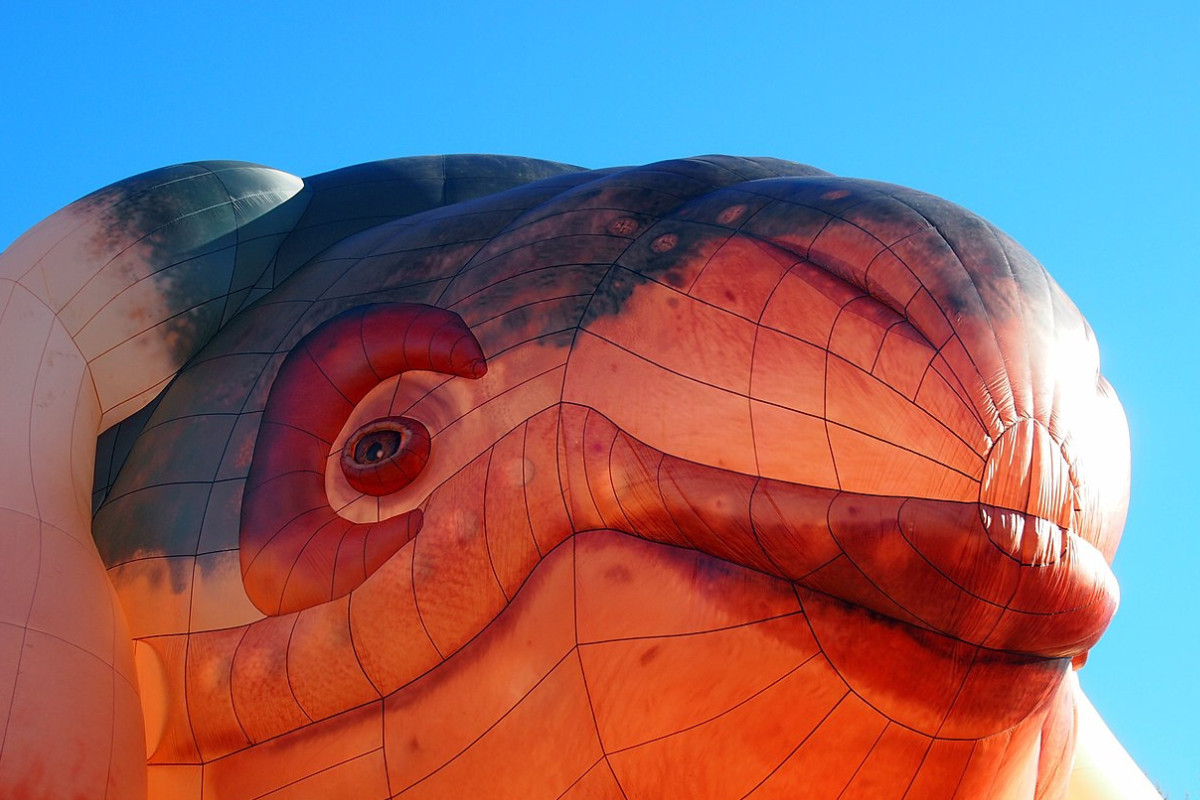A new report released today by independent think tank, A New Approach (ANA), shows local governments are seeing the value of arts and culture in their communities, and are responding by stepping up their financial commitment and playing a bigger role in government support for arts and culture.
The report, The Big Picture: public expenditure on artistic, cultural and creative activity in Australia, is a comprehensive snapshot of our federal, state and local governments’ financial commitment to arts and culture since 2007. Together, Australia’s governments commit close to $7 billion to arts and culture each year, or one percent of their total combined expenditure.
With responsibility for public funding of arts and culture now split fairly evenly between federal, state, territory and local governments, the report points to the opportunity for stronger, more strategic collaboration, and clearer definition of the respective responsibilities for arts and culture at the different levels of government.
However, this comes against a backdrop of volatility in overall government funding for the arts and culture sector since 2007. The report reveals that while Australian public expenditure on arts and culture reached its highest point in 2017-18, over the last decade government support for culture has not kept up with Australia’s population growth, putting our culture and heritage at risk.
Overall, public expenditure on cultural activity per capita has dropped by 4.9 per cent over the period 2007 to 2018, and expenditure as a percentage of GDP is well below the average of other Organisation for Economic Co-operation and Development (OECD) members.
As part of an ambitious research agenda, this is the first in a series of reports by ANA which look at the benefits and impact of investment in arts and culture. It aims to foster a more robust discussion about cultural policies in Australia, underpinned by sound data and through a non-partisan and independent approach.
While this first report acknowledges the importance of public funding for arts and culture in Australia, it also highlights that the challenges facing art and culture in Australia in 2019 cannot be resolved solely through a funding lens. A New Approach Program Director, Kate Fielding, said that finding the right incentives and policy settings to address the current changes and future opportunities require a nuanced approach, and that this report is only a starting point.
The Department of Communications and the Arts’ own statistics show Australia’s creative and cultural activity contributes more than $111 billion (a 6.4 per cent share of our Gross Domestic Product) and employs close to 600,000 people (5.5 per cent of the workforce).
Ms Fielding said participating in arts and culture was a fundamental part of a good life for all Australians. ‘All of us, whether we recognise it or not, have creative and cultural activities in our everyday lives.’
‘The vast majority of Australians participate in some form of cultural activity every week, and it provides incredible social, community and personal benefits for millions of Australians. In addition to this, cultural and creative activity is a major economic driver; it generates income and it provides hundreds of thousands of real jobs.
‘Governments have always played a leading role in funding Australia’s arts and culture for the social, cultural, economic and personal benefits they provide. This report shows a shifting and increasingly volatile trend, with more public funding at a grass roots level from local government which is closest to the community.
‘This increased per capita commitment of 11 per cent by local government signals that local leaders are seeing the relevance of cultural activities to their communities, and that we should ensure this level of government is recognised as a key partner in our overall cultural ecosystem.
‘Over the same period, we’ve seen a more modest 3.9 per cent per capita rise from state and territory governments and an 18.9 per cent reduction in per capita federal funding for cultural activity. These changes highlight the shift in the dynamic between the three levels of government.
‘What is very clear from the data is that without a strategic and coordinated effort across all levels of government, Australia risks a deterioration of its cultural fabric and a loss of the significant benefits it provides, Ms Fielding said.
‘Our population has increased by 17 per cent over the past decade, however, support for Australia’s culture and heritage isn’t keeping pace with this growth.
‘The findings of this report provide clear evidence that it is now time for governments to recognise the importance of a strong, vibrant and confident cultural sector, demonstrate a long-term commitment, and work together for the benefit of the many Australians who care about the stories, histories and future creativity of this country,’ Ms Fielding added.
Based on its findings, the ANA report has identified six opportunities for governments to ensure that policy, regulatory and investment settings lead to more effective cultural funding expenditure.
About A New Approach
A New Approach was established in 2018 to champion effective investment and return in Australian arts and culture. It was created through a $1.65 million commitment by The Myer Foundation, the Tim Fairfax Family Foundation and the Keir Foundation, under lead delivery partner, the Australian Academy of the Humanities.
Fact Sheet
A New Approach Insight Report One
The Big Picture: Public expenditure on artistic, cultural activity in Australia
Context
- This report looks at more than a decade of expenditure on arts and culture by the three tiers of government in Australia (2007-08 to 2017-18).
- Most Australians participate in some form of creative and cultural activity: 82.4 per cent of Australians attended cultural venues and events in 2017–18, with a particularly high rate of direct participation in cultural activities (95.6 per cent) from young people aged five to 14 years. In 2009–10 Australian households spent $19.87 billion, or 4.0 per cent of their total expenditure, on cultural goods and services.
- Australia’s creative and cultural economy contributes more than $111 billion (6.4 per cent of GDP) and employs close to 600,000 people (5.5 per cent of the workforce).
Key findings and insights
- Local governments are steadily increasing their funding commitment to arts and culture, stepping up expenditure by 11.0 per cent per capita since 2007.
- Over the same period, state and territory governments have increased per capita expenditure by 3.9 per cent, while the federal government’s per capita expenditure has fallen by 18.9 per cent.
- In 2017-18 Australian public expenditure on arts and culture reached its highest point in the period reviewed (using adjusted figures). This was largely due to a significant increase in capital investment.
- Per capita public expenditure on arts and culture in Australia has dropped by 4.9 per cent over the decade 2007–08 to 2017–18.
- This reduction in funding has occurred at a time when Australia’s population has grown by 17 per cent for the same period.
- Responsibility for cultural expenditure is closely balanced between federal (39.0 per cent, down from 45.7 per cent a decade ago), state and territory (34.8 per cent, up from 31.9 per cent) and local government (26.2 per cent, up from 22.4 per cent).
- Capital expenditure has consistently been a minor part (between 11 and 18 per cent) of total cultural expenditure, however it is increasing as a proportion of the total.
- Between 2007–08 and 2017–18 capital expenditure per capita increased by 47.6 per cent, while recurrent expenditure per capita decreased by 11.7 per cent.
- Public expenditure from federal, state and territory governments is split fairly-evenly between three overarching categories: Film, Radio and Television (32.5 per cent, a new low); Museums, Arts Museums, Archives, Libraries and Cultural Heritage (37.7 per cent) and Arts (29.7 per cent, a new high).
- Australia is falling behind the rest of the world investing in arts and culture. Australia spends 0.72 per cent of Gross Domestic Product on cultural activity, compared to 1.09 per cent in other OECD countries.



